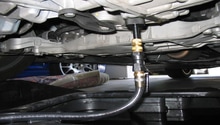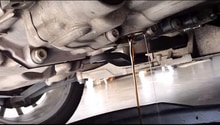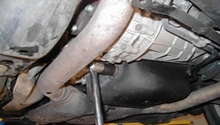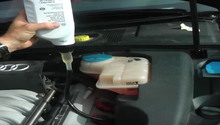Audi A3: How to Check and Change S-Tronic Automatic Transmission Fluid
Although replacing the transmission fluid isn't part of the most common maintenance procedure in the Audi A3, it's good to do it every 40,000 miles. The S-tronic dual clutch automatic has some unique issues that you will have to learn to deal with.
This article applies to the Audi A3 (2005-2012).
The Audi A3 is related to the VW Jetta/Golf platform, and uses an advanced automated manual transmission, which Audi calls S-tronic, but VW and most people refer to as the DSG or direct shift gearbox. The computer controls what gear you are, which of the two clutches are engaged at what time, as well as uses the fluid for both lubrication and hydraulic force. If your fluid gets low, or dirty, you may have issues with the gears grinding or the clutches not engaging smoothly. Read on and we'll go over how to do the fluid change service on this unique gearbox.

Materials Needed
- Jack and jack stands
- 14mm Allen wrench
- Various other Allen wrenches
- Socket and ratchet set
- Drain pan
- Pump fill adapter kit
Step 1 – Get ready
It is best to work on the transmission with the fluid up to the proper temperature, which means driving the car for at least 10 minutes, and placing the shifter in drive, neutral, and reverse for at least 30 seconds with the engine running and your foot on the brakes.
In order to work on the transmission and change the fluid, you'll need to jack up the car, remove the splash guard under the motor/transmission, and take off the engine cover on the topside. Be sure to raise the car with the jack under a solid secure jacking point, and then place jack stands under it. You want the car as level as possible. The splash guard comes off easily, with just a few screws and a tug. The engine cover is even easier, with just a proper pull to pop the mounts from the rubber grommets they sit in. You'll also have to disconnect the battery, remove it and then unbolt as well as remove the battery box, because the filter housing for the DSG transmission is at the top, right under these parts. If all you are going to do is check the fluid, leave the battery in place and connected.

Figure 1. Raise and secure vehicle. 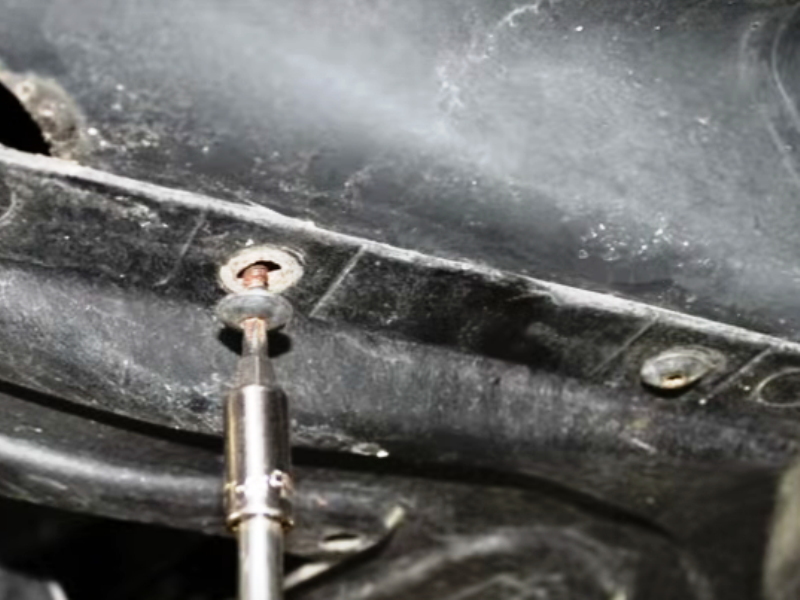
Figure 2. Remove splash guard. 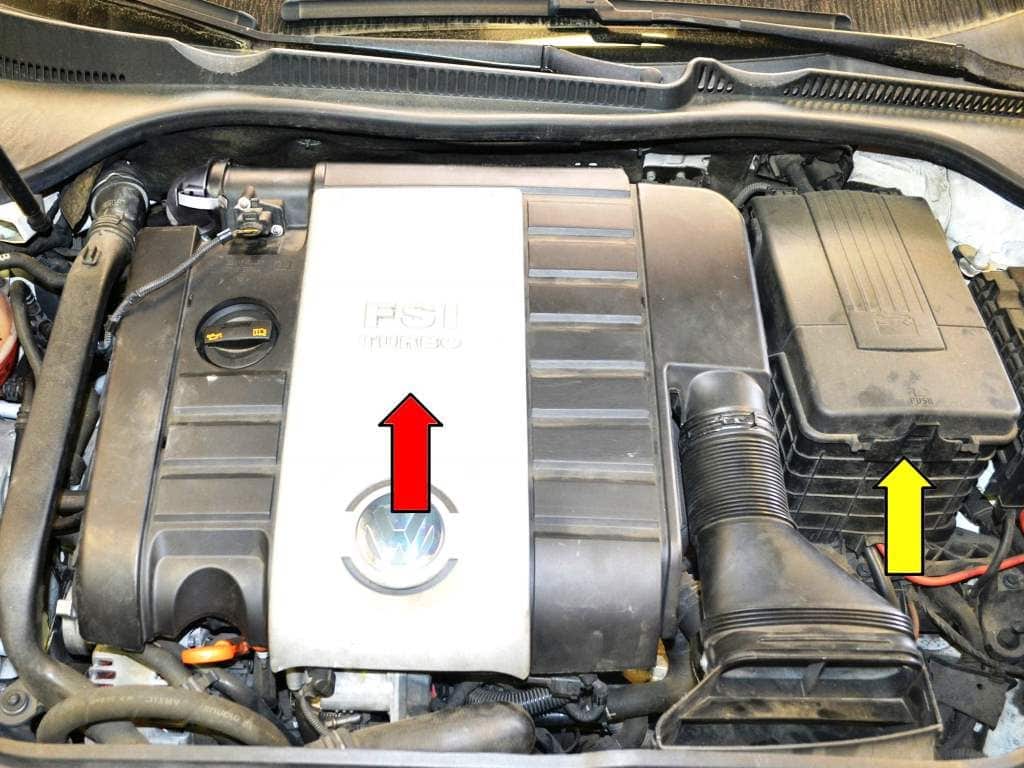
Figure 3. Remove engine cover, battery and battery box.
Step 2 – Check transmission fluid
With the fluid up to operating temperature, and the car now up on jack stands, start the motor again and let it run with the transmission in park. Place the drain pan under the transmission's drain plug, then loosen the plug with a 14mm Alllen wrench. If the fluid is up to temperature and at the right level, only a very small amount will drip out, but if none comes out at all, chances are you are low.
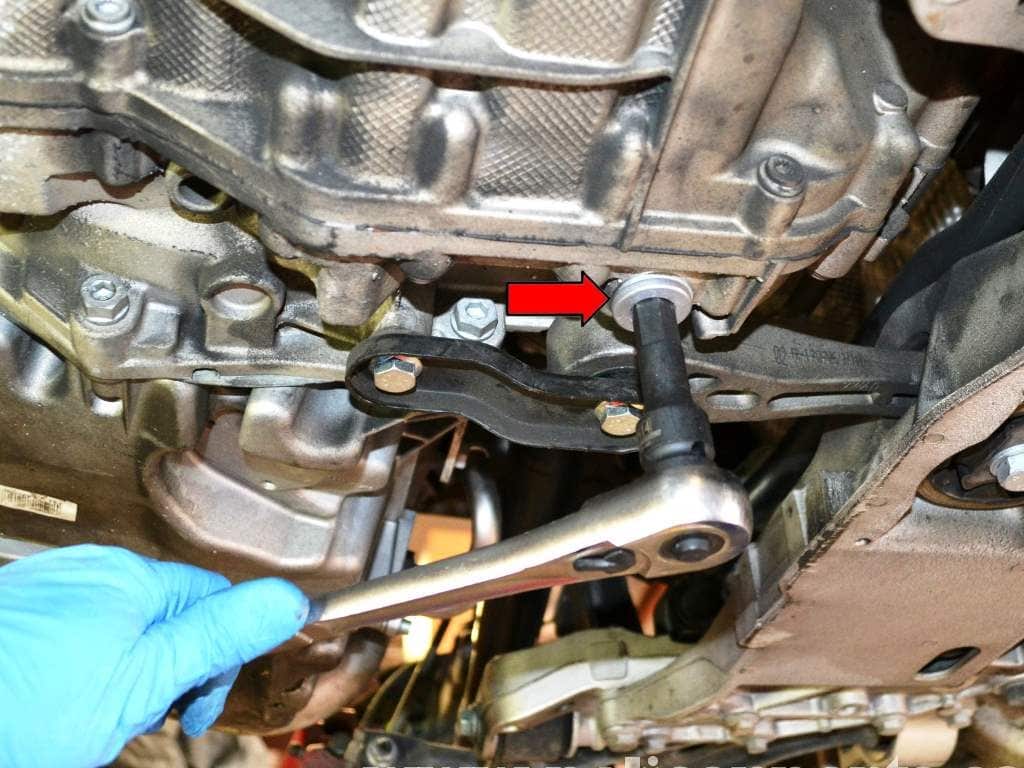
Step 3 – Drain and replace fluid
Draining the fluid while it is hot is harder, so you may want to wait for it to cool for 30 minutes or so. Without the proper VW/Audi tools, the best, most accurate way to change the fluid involves measuring how much old fluid comes out, and refilling with just slightly more. With the drain plug out, insert a 8mm Allen wrench into the drain hole and unscrew the plastic tube inside the hole, which is as tall as the proper fluid level inside the case. Remove it and all the fluid will drain from the transmission. You should end up with 4.5 to six quarts of fluid draining out.
In order to refill the transmission, you need the pump adapter kit, an improvised version, or you can slowly refill it via the filter hole on the top. The reason the factory technicians don't use the top fill method is because it is very time consuming, requiring nearly an hour in most cases to pour five quarts through that small hole. Screw the plastic tube back in before filling, no matter which method you use. Some companies, notably BlauParts, sell a kit with the fluid, filter and fill adapter included (see the link at he bottom).
Because you can only top fill with the battery out, and you can only check for the proper fluid level after the engine has been run, make sure to overfill the transmission slightly. Then drive the car in gear and drain the excess fluid.
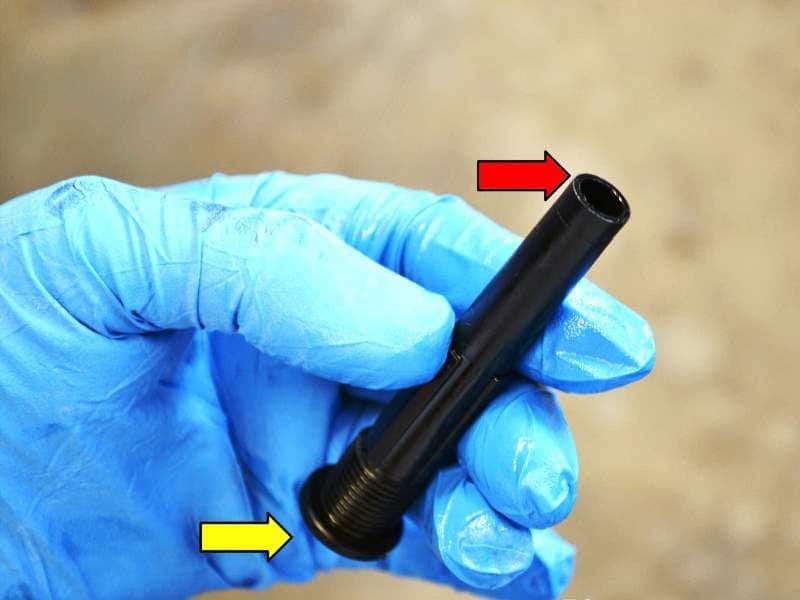
Figure 5. Plastic fill tube. 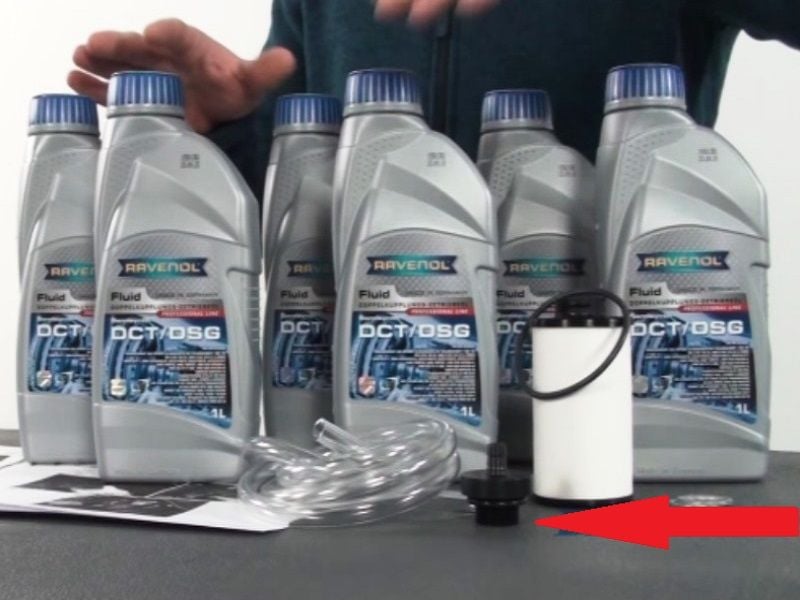
Figure 6. The full kit with adapter and filter.
Step 4 – Replace filter
The filter is up at the top, and there is nothing difficult about it. Remove the housing, remove the old filter, rub some oil on the O-ring, install the new filter and tighten it up.
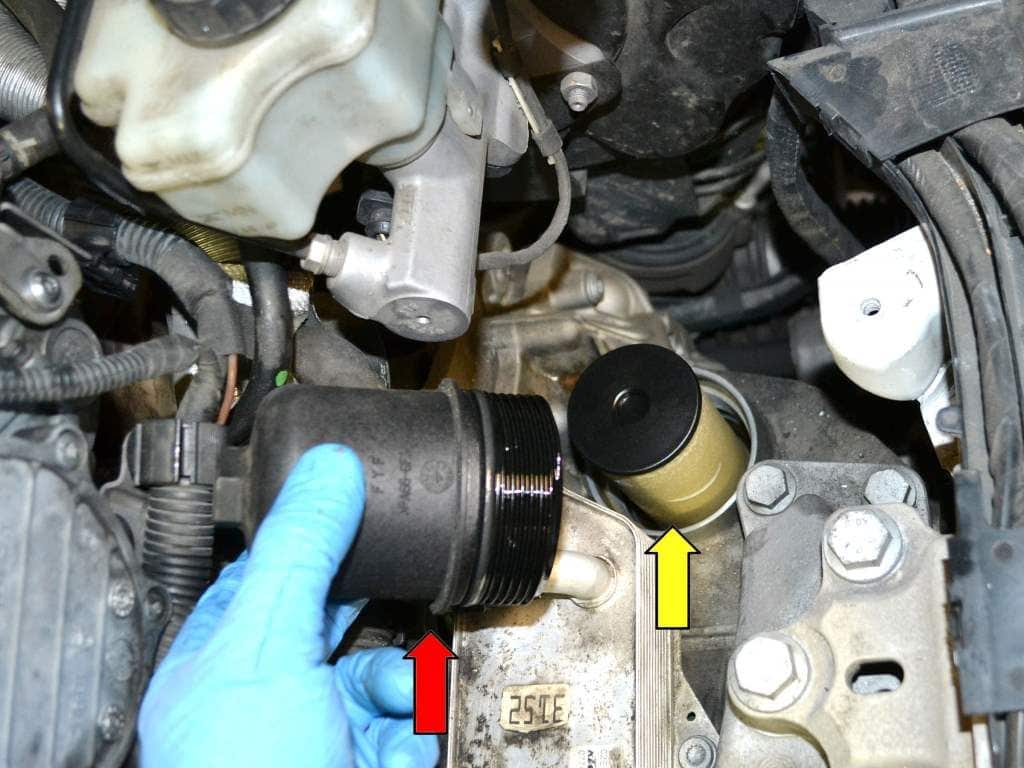
Featured Video: How to Check and Fill Transmission
Related Sites
- Audi A3 Transmission Oil Chage - BluaParts
- DIY - DSG Oil Change - Audi-Sport
- VW DSG Oil Change - PelicanParts
- DSG Drain and Oil Change - MyTurboDiesel

